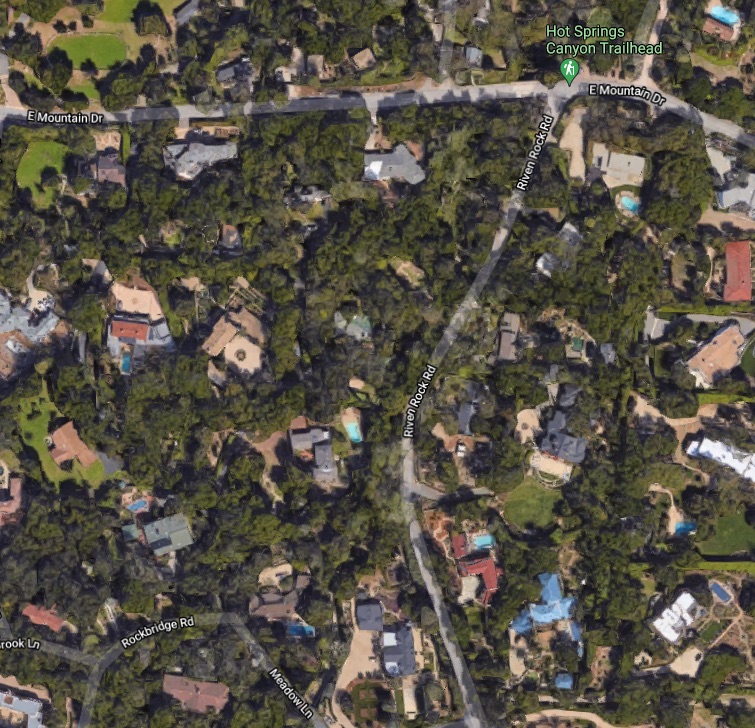Riven Rock Remains Are Native American
Forensic Archaeologist Confirms Man of Unknown Age

A forensic archaeologist has affirmatively identified the partial skeleton found in Montecito on May 24 to be that of a man who was Native American. After coroner’s detectives determined the bones were not recent, they removed them to their offices, where Dr. Rick Snow examined them on June 3. He also visited the site on the 800 block of Riven Rock Road where the bones had been found two to three feet underground during what is now described as “digging a trench for a residential construction project” by the Santa Barbara County Sheriff’s Office.
Snow was unable to determine the individual’s age at the time of death, and he visited the site, where work had stopped, to ensure more remains and artifacts were not in situ. It is as yet unknown if authorities are attempting to put a date on the remains, but the bones were described as so old as to be brittle and breaking. The teeth were worn, and the skeleton was incomplete, fragmented, with most hand and foot bones missing.
The coroner intends to release the remains to the Native American Heritage Commission, which will designate the tribe to whom the remains most likely are related. Historically, the Montecito area was populated by people who spoke the Barbareño Chumash language, said John Johnson, curator of anthropology at the Natural History Museum. He noted the Chumash coastal town of Shalawa was sometimes translated as “Montecito” in the mission records, a word that means “small grove” in Spanish.
The skeleton would have needed to be examined where it lay in order to determine if small burrowing animals, erosion, landslide, or acidic soil, among other factors, had led to the missing bones, Johnson said. “Assuming the burial took place in a habitation site, as is most often the case, then shell or other organic materials could be radiocarbon dated to determine the likely age of the interment,” he added.
Whether other remains are nearby is a concern for Lory Ann Velez, a member of the Barbareño Band of Chumash. “The probability is likely,” she said. If construction work dug below three feet, permits might have been needed given the historical context of the area, she said, and Native American monitors should have been onsite. “If the bones were fragile and brittle, they might have been prehistoric or precontact,” or dating to before the arrival of the Spanish. She’s been in contact with the Native American Heritage Commission, which administers the handling of such discoveries, but hasn’t yet learned where the bones will be laid to rest.
Interest in the find has reached beyond California, and the U.K. Independent claims the Sheriff’s Office put the remains at “centuries old.” The British tabloids have worked the discovery into their coverage of Prince Harry and Meghan Markle, who moved to Montecito last year. In a story The Sun slugged “Bones Chiller,” the royals were said to live 350 yards away but confirmed to be unconnected to the discovery.
As for the question of whether the construction was with or without a permit, the County Planning Department examined its records for Riven Rock Road, coming up only with a new gate and an interior remodel in recent months. A large gate might have required a deep footing, or if electrical were run perhaps a trench, speculated Lisa Plowman, head of Planning. But for a project like the one described, a permit would only be required if more than 50 cubic yards of dirt were being moved.
Support the Santa Barbara Independent through a long-term or a single contribution.



